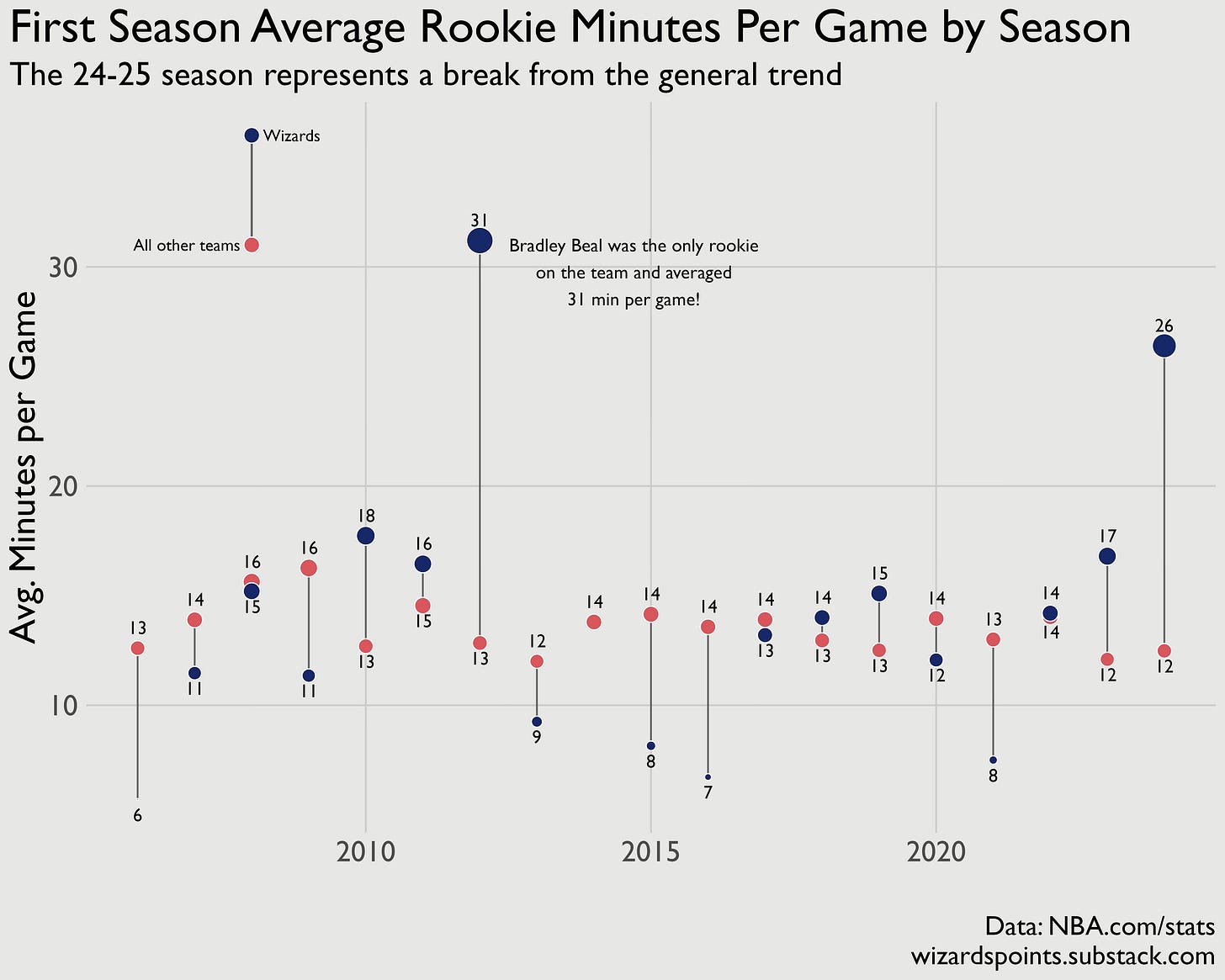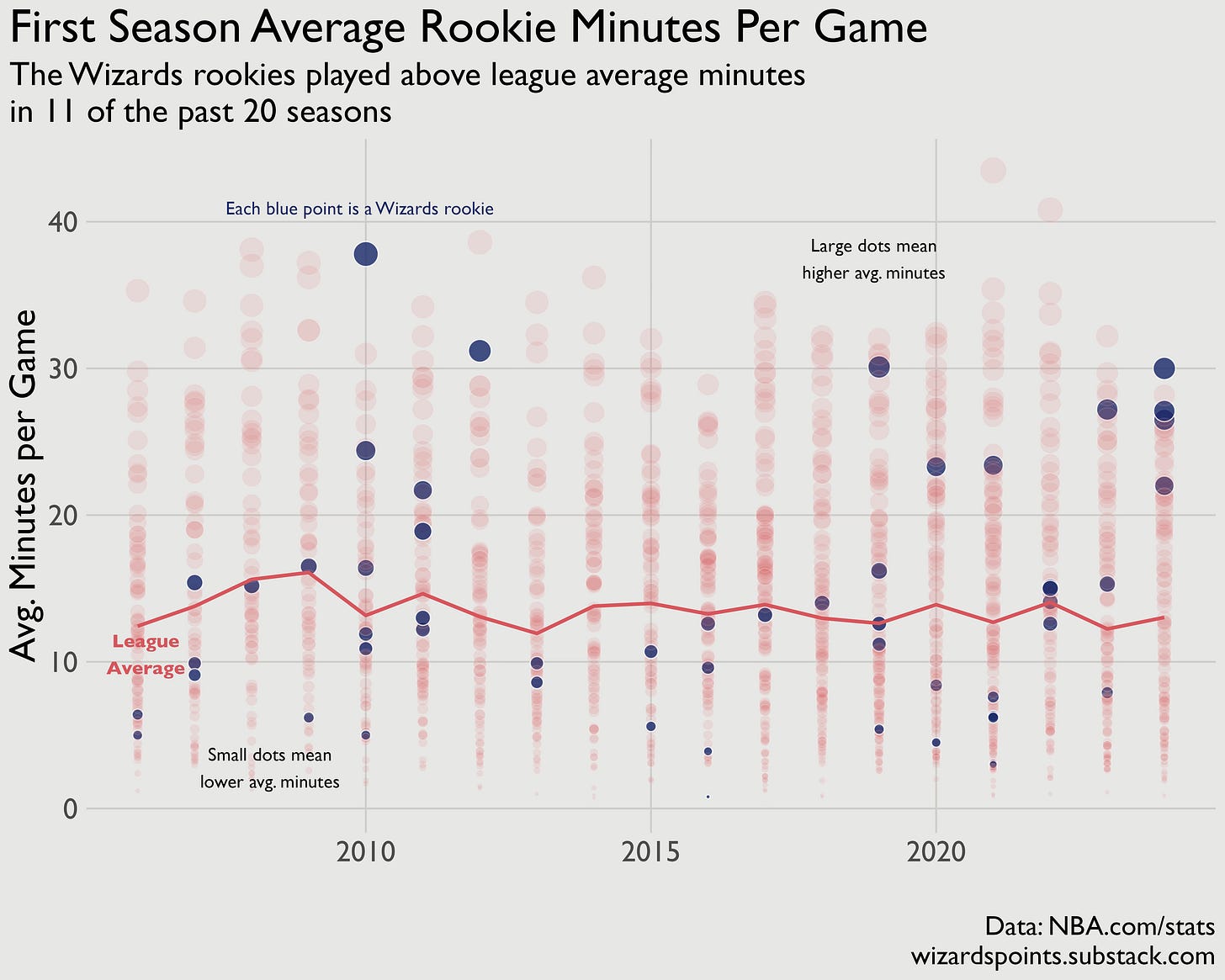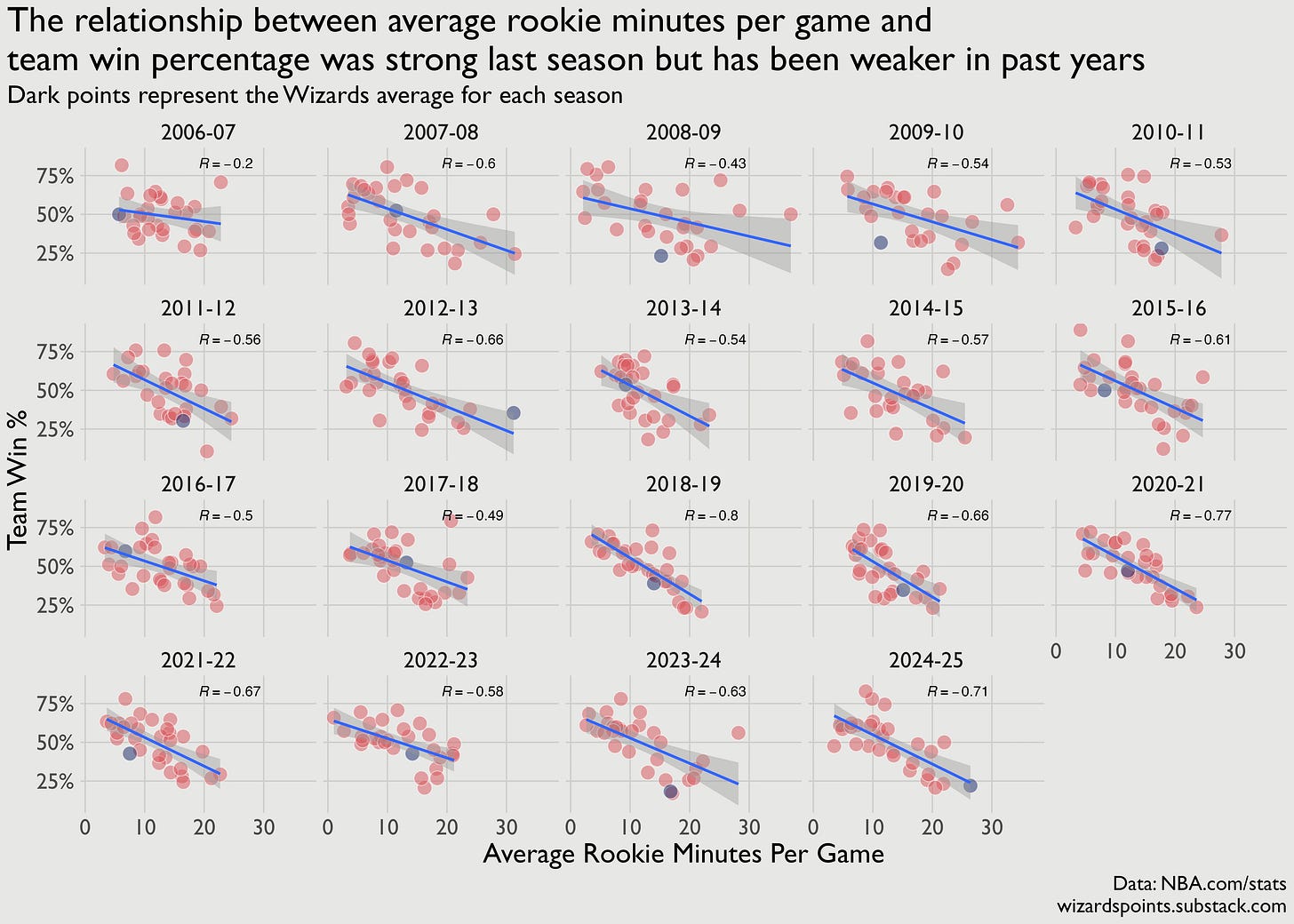You’re lost in the desert. Inside your mouth is a dried sponge that used to be your tongue. The sun’s heat somehow feels like it’s coming from the ground and the sky. And then, who’s that? Off in the distance you see…is that..it is! Kevin Durant is waving at you. He really is taller than what they have him listed at. But wait, you were pretty sure that he just left the area. That thought leaves your mind because look! Victor Wembanyama is here too! He must have joined the search party. What a mensch. No way, you also see Alex Sarr, the Wizards lanky center. Sarr’s arms are everywhere, maybe he has been working on his defense this summer. You start running, or at least moving as fast as you can in your condition, until you find yourself surrounded by cacti. Not just any cacti, but the magnificent saguaro.
The saguaro is truly an incredible plant. Very few reach full maturity, but those that do can live to be 150 years old and over 30 feet tall. It is what ecologists call a keystone species: the entire ecosystem, including humans, live off of the saguaro cactus at various stages of its development and demise. Saguaro seedlings can only grow in the shade and shared resources of a nearby nurse plant, which helps protect the fragile cactus and will die well before the saguaro even develops its mighty arms. Most saguaro won’t make it given how much has to align, but those that do will thrive and help keep the desert alive.1
NBA rookies also need support early on—a Nick Nurse plant if you will. But does that support mean more playing time, getting thrown into “NBA situations” as much as possible, or does it mean gradually learning five-to-10 minutes per game, often at the end of the game, how to grow as a player?
It is no secret that the Wizards did not want to do much of anything in the 24-25 season. The value of a shot at a top draft pick was higher than any given win. And despite tanking as a strategy seeming less prudent when so many teams are doing it, we’re looking at another repeat of the same playbook next season. But what about the guys on the team? Even if none of them seem end up as All-Stars, will the excessive minutes early on in their careers payoff in the long run?
Anyone who has spent more than two minutes on the beltway knows that just because you do something a lot (like driving) doesn’t mean you get better at it. But NBA players are not sleepy commuters or mighty cacti. In many cases, they have been tended to from an early age to increase the odds of stardom. And in most cases, guys don’t pan out. A list of, say, the 50 best players sees a decent amount of churn season to season, particularly outside of the top 10. Is giving Bub Carrington the ball in high leverage situations next season going to help Bub, as a player, when he gets past his rookie deal?
Good teams play rookies less than bad teams. First round draft picks tend to get more minutes than second rounders. These are well known trends. In this post, I’m just going to focus on minutes to show what this has looked like overall and for the Wizards and then we’ll build up to understand the impact of these minutes in the next post. This isn’t about what is good for the long term position of the Wizards, but the long term outcomes of guys thrown in to help the team tank.
Minute by Minute
Over the past 20 seasons, NBA rookies averaged 13.4 minutes per game, with rookies on the Wizards averaging 13.7 minutes per game.2 Prior to the most recent season, Bradley Beal stands out. Beal was the only rookie on a pretty young team (Martell Webster was one of the lead vets that year) and got a ton of playing time (again, Martell Webster was one of the main vets3).
But you can’t just look at the averages and understand how much playing time rookies on the Wizards and other teams get. There’s a lot of variation even within the team from season-to-season. For example, the 2021-22 team, which in hindsight was truly an island of lost toys assortment of players, had six first-year players, with Corey Kispert cracking the top-10 in minutes per game as a rookie and the other rookies tapping in at the end of games before taking the bus back to the G-League.
Two things stand out to me from the figure above: the first is that in what I think about as the good years (2014-2016ish), that simpler time when John Wall was in his prime and podcasts were only 45 minutes long, Wizards rookies saw less playing time. This tracks with how most coaches think—if you have a talented, winning team, the job of a rookie is to watch and learn. The Dallas Mavericks saw the lowest average per game rookie playing time this past season and both of their rookies, who were on two-way contracts, were waived by the end of the season. Oh, and, in case you suppressed memories of June, Dallas also received the number one draft pick.
The second thing that is notable is the 24-25 season is new territory for the Wizards. Yes, Beal, as the lone rookie in 2012 saw a ton of playing time, but not a single rookie on the team this past season played anywhere close to the league average. Bub Carrington not only played all 82 games, but did so while averaging 30 minutes a game. Jaylen Martin, who played a total of five minutes for the Nets before joining the Wizards, somehow still racked up 234 minutes across the 13 games he played after joining the team from Brooklyn in February. And if you’re asking, “who the hell is Jaylen Martin?” that’s kind of the point. As much as people talk about the NBA being a copycat league, Coach Brian Keefe let the young guys run wild in way that stands out even as an unprecedented number of teams were trying to lose given the strong incoming draft class.
There is another, perhaps even more important, piece of seeing how the Wizards stack up in rookie minutes: draft round. Even ‘let-them-watch-and-learn’ coaches like Steve Kerr tend to give their first round rookies more playing time. Every rookie, like every new relationship, is a bet on the future. So it makes sense to nurture the players you think are more likely to help the team either because of their play or potential trade value.
Players drafted in the first round averaged 18.3 minutes per game over the past 20 seasons, with the Wizards first rounders averaging 20.7 minutes per game. Last season, players drafted in the first round averaged 7.5 minutes more per game than players drafted in the second round. By the end of the most recent season, a third of the Wizards active roster were first round rookies. Just based on general trends, you’d expect lots of minutes for this group, but the Wizards, especially since Rui Hachimura’s rookie season in 2019, have seen above average minutes for young guys.
A Peek at Performance
The best rookies tend to play tons of minutes on bad teams. The average Rookie of the Year winner over the past 20 years played 15 more minutes per game than other first rounders. But like life, there are ups and downs and these trends vary season to season.
As rookie minutes go up, team win percentage tends to go down as shown in the figure below. But in some years, like 2018-19 (-0.80 correlation) , this relationship is really strong, while in others, like 2008-09 (-0.43 correlation), the dots are just kind of all over the place, which suggests the relationship between rookie minutes and winning was weaker.
The real question, though, is how do these minutes contribute to a player’s ability to win down the line when their rookie deals are ending, or to even make it to the end of their rookie deals? We will explore this more in the next post. But for now, it looks like rain.
Each saguaro will produce millions of seeds over its lifetime. A growing seedling might only be a couple of inches tall after nearly a decade. So many things have to go right for it to prosper. The rains that a mature saguaro saves up in order to survive the heat, wash away its nascent offspring. You wander out of the desert. You flag down a Mini-Cooper driving by. The window rolls down. Is that incoming Wizards rookie Tre Johnson? Are you still hallucinating? The door opens, you get in. The desert blooms in the rearview mirror.
I’m not even a little embarrassed to admit that I first learned about the saguaro from a children’s book my daughter got from her school, “Desert Giant: The World of the Saguaro Cactus”
For the record, I liked Webster and his three point numbers are actually bit a better than I remember for that season.





